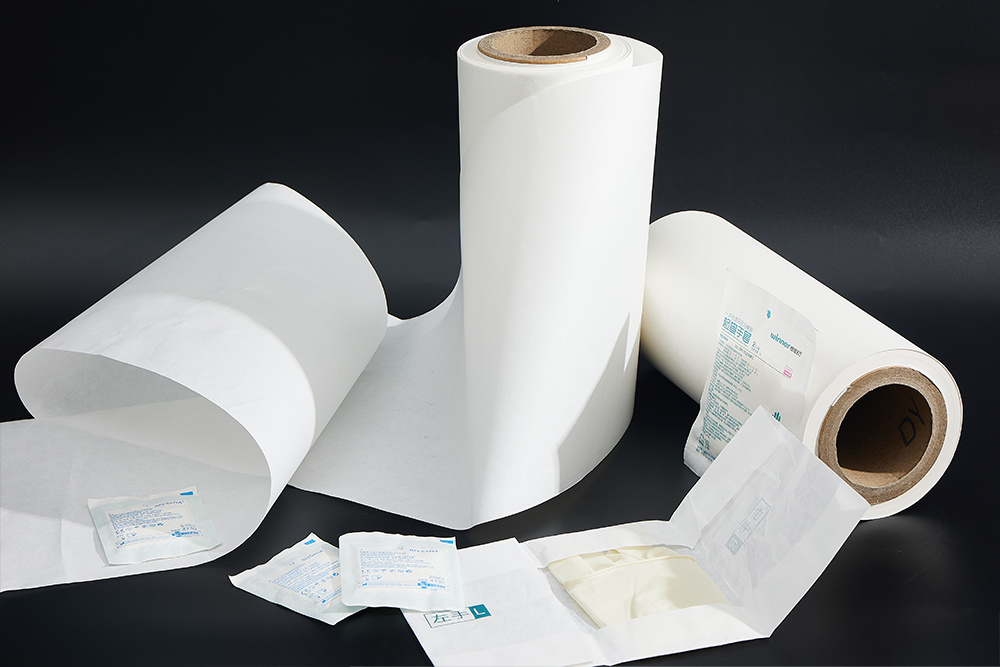Understanding Medical Blister Paper: A Comprehensive Overview
Release time
2025-05-13
Medical blister paper is an essential component in the pharmaceutical and medical packaging industry. It plays a crucial role in protecting medications and medical devices. Blister packs, which are made using this paper, are designed to keep the contents safe from external factors such as moisture, air, and light. This type of packaging is highly favored due to its ability to provide a sterile and secure environment for the products. The medical blister paper is typically made from materials that are compliant with strict medical and safety standards. It needs to be non-toxic and have excellent barrier properties. For example, it may be made from a combination of polymers and paper substrates to achieve the desired functionality.

Key Properties of Medical Blister Paper
Barrier Properties are one of the most important aspects of medical blister paper. It must be able to prevent the ingress of moisture, oxygen, and other potentially harmful substances. This is vital for maintaining the integrity and effectiveness of the medical products inside the blister pack. Another key property is Printability. Manufacturers often need to print important information on the blister paper, such as dosage instructions, expiration dates, and product names. The paper should be able to hold high-quality prints clearly and durably. Flexibility is also necessary as the blister packs may need to be formed into various shapes and sizes to accommodate different products. Additionally, Tear Resistance is crucial to ensure that the blister pack remains intact during handling and transportation.
Manufacturing Process of Medical Blister Paper
The manufacturing process of medical blister paper is a complex and precise operation. First, the raw materials are carefully selected. These may include special types of paper and polymers. Then, the materials are combined through a process such as lamination. During lamination, heat and pressure are applied to bond the different layers together. This step is crucial for creating a strong and effective barrier. After lamination, the paper may go through additional processes such as coating to enhance its properties. For example, a coating may be applied to improve the printability or the barrier performance. Quality control is an integral part of the manufacturing process. The finished medical blister paper is rigorously tested for properties like barrier effectiveness, print quality, and physical strength.
As the medical industry continues to evolve, there are several trends emerging in the field of medical blister paper. One trend is the development of more sustainable materials. With increasing environmental awareness, manufacturers are looking for ways to produce medical blister paper that is biodegradable or made from recycled materials. Another trend is the integration of smart features. For example, some blister packs may be designed to include sensors that can monitor the condition of the medication inside, such as temperature and humidity. This can help to ensure the quality and safety of the products. Additionally, improvements in the design of blister packs are expected to make them more user-friendly and easier to open, especially for the elderly or those with limited dexterity.
RELATED NEWS
Sandwich Wrapping Roll Paper: The Ultimate Partner for Fresh, Mess-Free Meals
Unlike generic plastic wraps or flimsy tissues, sandwich wrapping roll paper is engineered specifically for the demands of wrapping sandwiches
China National Pulp and Paper Research Institute led the organization of an international training course to visit Hengda New Material.
Reinforced Medical Paper RCP83: Redefining Durability and Reliability in Medical Packaging
At the core of reinforced medical paper RCP83 appeal is its superior reinforcement technology.
Hengda New Material Expands Unbleached Food Paper Options Globally
Hengda New Material's unbleached food paper is quietly expanding in the international market.
The Unseen Guardian: How Medical Packaging Paper Ensures Sterility and Safety in Healthcare
Medical packaging paper is crafted with unique properties that make it indispensable in healthcare settings.
Hengda New Materials Actively Respond to EUDR and Promote Environmental Protection
Hengda New Material Actively Respond to EUDR

